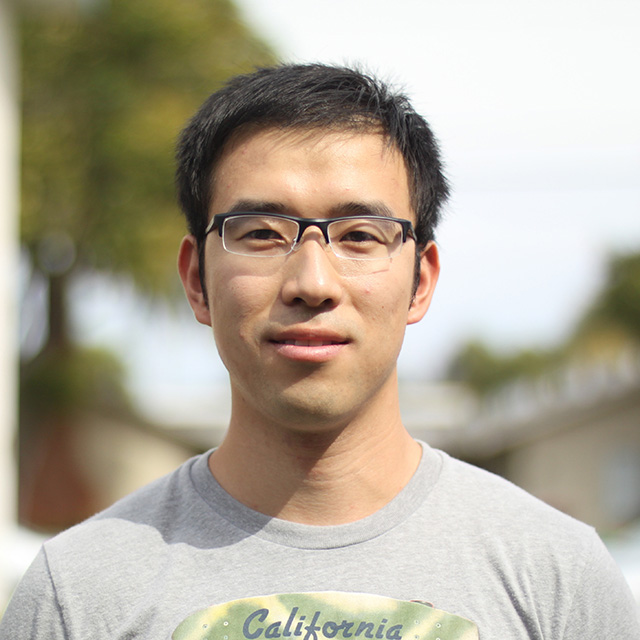
Pengchong Jin
Research Areas
Authored Publications
Sort By
COMISR: Compression-Informed Video Super-Resolution
Ce Liu
IEEE/CVF International Conference on Computer Vision (ICCV) (2021)
Preview abstract
Most video super-resolution methods focus on restoring high-resolution video frames from low-resolution videos without taking into account compression. However, most videos on the web or mobile devices are compressed, and the compression can be severe when the bandwidth is limited. In this paper, we propose a new compression-informed video super-resolution model to restore high-resolution content without introducing artifacts caused by compression. The proposed model consists of three modules for video super-resolution: bi-directional recurrent warping, detail-preserving flow estimation, and Laplacian enhancement. All these three modules are used to deal with compression properties such as the location of the intra-frames in the input and smoothness in the output frames. For thorough performance evaluation, we conducted extensive experiments on standard datasets with a wide range of compression rates, covering many real video use cases. We showed that our method not only recovers high-resolution content on uncompressed frames from the widely-used benchmark datasets, but also achieves state-of-the-art performance in super-resolving compressed videos based on numerous quantitative metrics. We also evaluated the proposed method by simulating streaming from YouTube to demonstrate its effectiveness and robustness. The source codes and trained models are available at https://github.com/google-research/googleresearch/tree/master/comisr.
View details
BigNAS: Scaling Up Neural Architecture Search with Big Single-Stage Models
Jiahui Yu
Hanxiao Liu
Gabriel M. Bender
Thomas Huang
Xiaodan Song
Ruoming Pang
European Conference on Computer Vision (ECCV) (2020)
Preview abstract
Neural architecture search (NAS) has shown promising results discovering models that are both accurate and fast. For NAS, training a one-shot model has become a popular strategy to rank the relative quality of different architectures (child models) using a single set of shared weights. However, while one-shot model weights can effectively rank different network architectures, the absolute accuracies from these shared weights are typically far below those obtained from stand-alone training. To compensate, existing methods assume that the weights must be retrained, finetuned, or otherwise post-processed after the search is completed. These steps significantly increase the compute requirements and complexity of the architecture search and model deployment. In this work, we propose BigNAS, an approach that challenges the conventional wisdom that post-processing of the weights is necessary to get good prediction accuracies. Without extra retraining or post-processing steps, we are able to train a single set of shared weights on ImageNet and use these weights to obtain child models whose sizes range from 200 to 1000 MFLOPs. Our discovered model family, BigNASModels, achieve top-1 accuracies ranging from 76.5% to 80.9%, surpassing state-of-the-art models in this range including EfficientNets and Once-for-All networks without extra retraining or post-processing. We present ablative study and analysis to further understand the proposed BigNASModels.
View details
SpineNet: Learning Scale-Permuted Backbone for Recognition and Localization
Xianzhi Du
Tsung-Yi Lin
Yin Cui
Xiaodan Song
CVPR (2020)
Preview abstract
Convolutional neural networks typically encode an input image into a series of intermediate features with decreasing resolutions. While this structure is suited to classification tasks, it does not perform well for tasks requiring simultaneous recognition and localization (e.g., object detection). The encoder-decoder architectures are proposed to resolve this by applying a decoder network onto a backbone model designed for classification tasks. In this paper, we argue encoder-decoder architecture is ineffective in generating strong multi-scale features because of the scale-decreased backbone. We propose SpineNet, a backbone with scale-permuted intermediate features and cross-scale connections that is learned on an object detection task by Neural Architecture Search. Using similar building blocks, SpineNet models outperform ResNet-FPN models by ~3% AP at various scales while using 10-20% fewer FLOPs. In particular, SpineNet-190 achieves 52.5% AP with a MaskR-CNN detector and achieves 52.1% AP with a RetinaNet detector on COCO for a single model without test-time augmentation, significantly outperforms prior art of detectors. SpineNet can transfer to classification tasks, achieving 5% top-1 accuracy improvement on a challenging iNaturalist fine-grained dataset. Code is at: https://github.com/tensorflow/tpu/tree/master/models/official/detection.
View details
